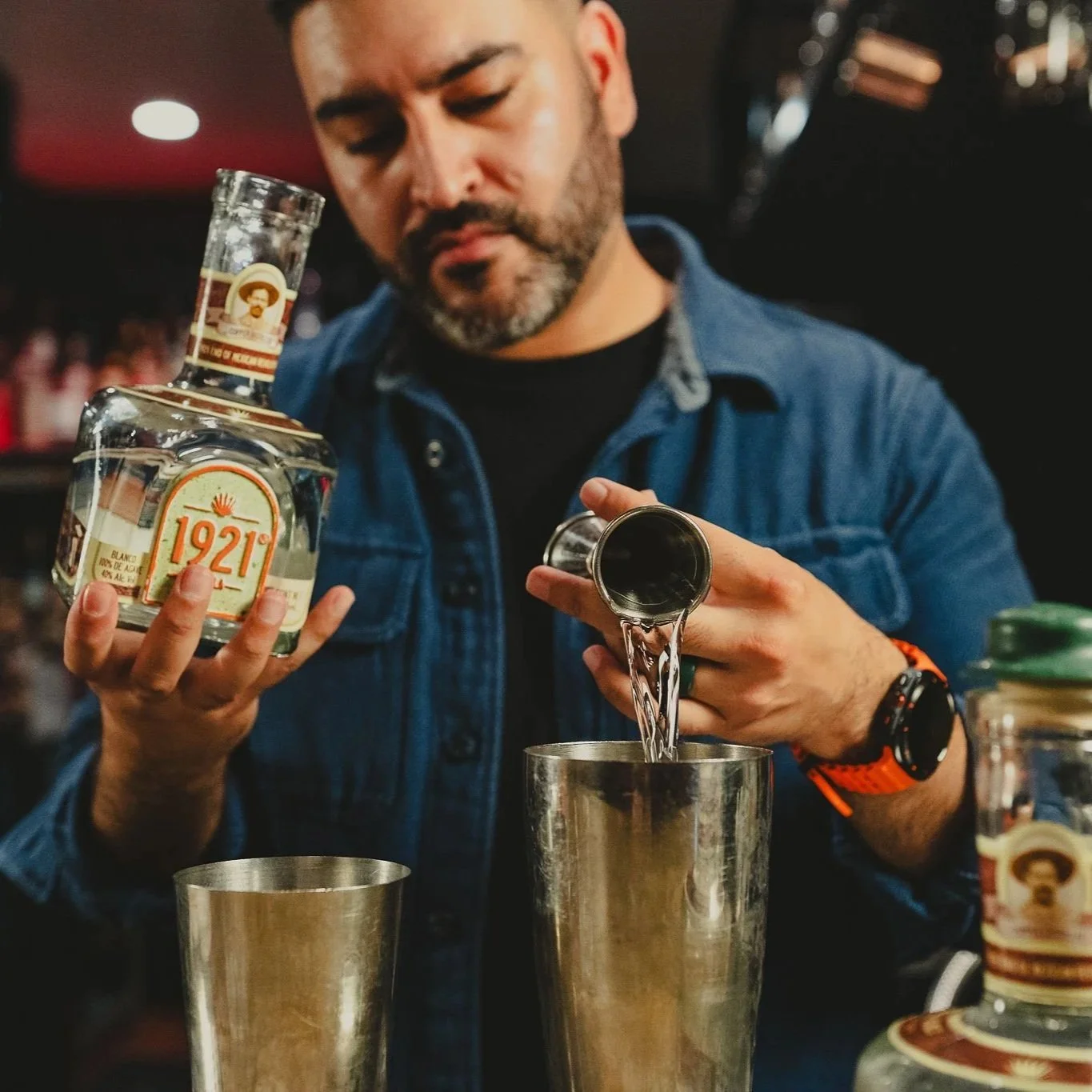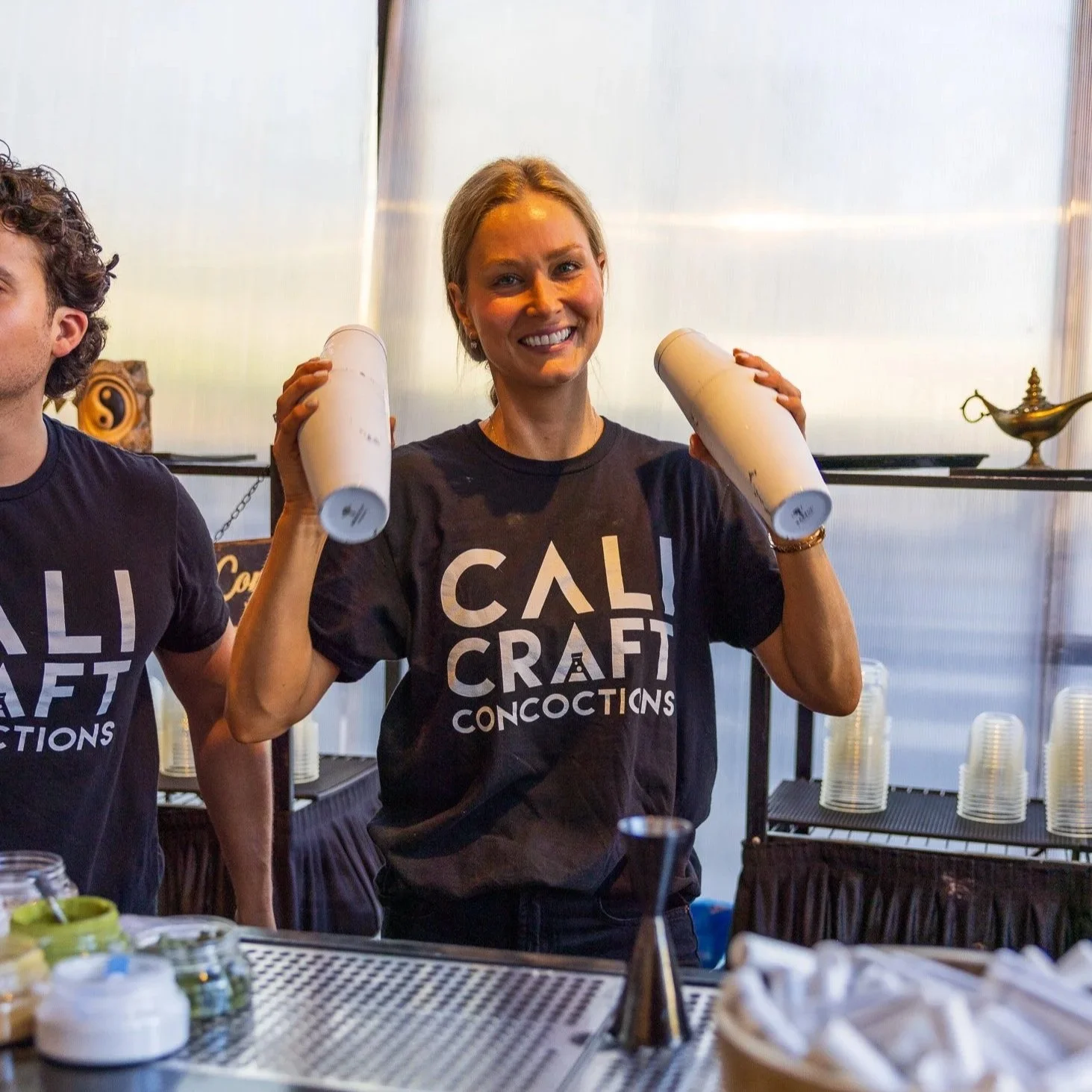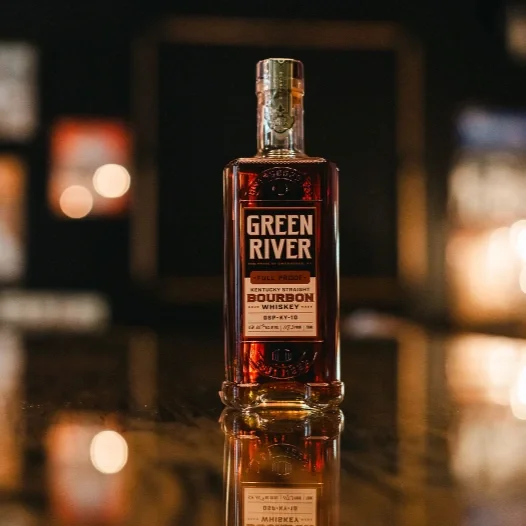#SakeSomm: The Last Word in the Art of Tasting Sake
During a recent trip to the Sake School of America, TBDE had the pleasure of sitting down with Eric Imamura, a young Sake Sommelier and teacher at the Sake School of America. After TBDE attended his class and experienced a small portion of what it takes to become a Sake Master, we sat down to talk about his path and passion for the beverage and how using sake as a lead or catalyst ingredient in a cocktail has a ways to go before attaining mainstream status. Our conversation below:
So what led you to want to become a Sake Sommelier? Were you a fan before pursuing a career in the category?
As a Japanese American I’ve always been intrigued by sake, but more as a novelty beverage than an actual option. However, this all changed during a trip my father and I took to Hyogo – ‘the sake mecca of the world’. We visited 5 or 6 breweries and that was it for me. I was hooked. The connection I felt when drinking sake ran so much deeper than with other beverages. I knew upon returning to the States that I had to learn more about Sake, and thus began my journey with Sake School of America.
What’s most important to you in a bottle of sake? What exactly are you looking for?
It’s really impossible to say what I’m looking for in a bottle of Sake. There’s so much variety between the different grades, and even more variety in the different sakes from brewery to brewery. So, when choosing a bottle it really depends on what I’m in the mood for, or what I’m trying to pair it with. That’s the beauty of sake, there’s a style or type for every situation. So to answer your question, for me the most important thing in a bottle of sake isn’t any particular trait or quality, but the enjoyment that you glean from drinking it.
Describe the journey to become a Sake Somm… what did it take, was it a long process that took time and study?
It was pretty straightforward and took me about a year and a half from when I first obtained my Sake Adviser certification to when I gained my Sommelier credentials. That being said, becoming a Sake Sommelier was just the beginning of the journey – the tip of the iceberg.
The Sommelier course provided me with a solid foundation of understanding and technical knowledge to build upon, but there’s so much more to sake than the technical side of it. The history, regionality, culture, traditions, and of course building your palate! It’s an endless pursuit, but one that I’m enjoying one sake at a time!
How have you been enjoying teaching the courses. Are you seeing a greater demand from a more diverse group of people to get to know more about sake and its peculiarities?
It’s been fantastic teaching for Sake School of America! As I mentioned, I still have so much learning to do myself. You wouldn’t believe how often a student has a question that stumps me or makes me re-think an idea. It’s been amazing for my growth as an educator and sommelier.
There’s absolutely been an uptick in Sake interest recently, which I think can be credited to the rise in popularity of Japanese cuisine. With the growth of the Restaurant industry has come many different students. Of course, folks in the service or distribution industry are common, but also the sake enthusiasts that found a love for the beverage at their local sushi or izakaya bar. It’s terrific.
The category growth is unprecedented. What do you think will it take for sake to achieve an even greater mainstream position in American culture?
Japanese cuisine has been incredibly beneficial in introducing sake to the masses but it’s also pigeonholing sake as a beverage. Sake is an incredibly diverse brew that can pair with a number of different cuisines, not just Japanese. We need to break free from the notion that sake only pairs with Japanese foods and start enjoying it with a wider variety of cuisines. To nail in my point, try pairing sake with different cheeses. It’s divine.
Another factor stemming from the restaurant industry that’s misleading sake consumers is the insistence on drinking it ‘Hot’. Now, there’s nothing wrong with hot sake, I personally enjoy it very much. However, most higher end sakes (ginjo & daiginjo styles) are meant to be enjoyed chilled. Drinking these styles hot will destroy their nuances and delicate nature. We need to do a better job educating our customers on the joys of drinking cold, premium sakes.
We are gearing up an entire menu of Sake based cocktails from all parts of the world. Have you enjoyed any Sake based cocktails, or maybe paired with a spirit, like in place of sherry ?
I’m not against sake cocktails, but I’m a bit of a purist. I like to drink my sake without any distractions, and truly enjoy the intricacies of the brew. But to be completely honest, I’ve never even tasted a sake cocktail so it’s not something that I can really comment on. However, I’m all for any vehicle that gets people excited for sake. If that means mixing it into cocktails, LET’s GO!










